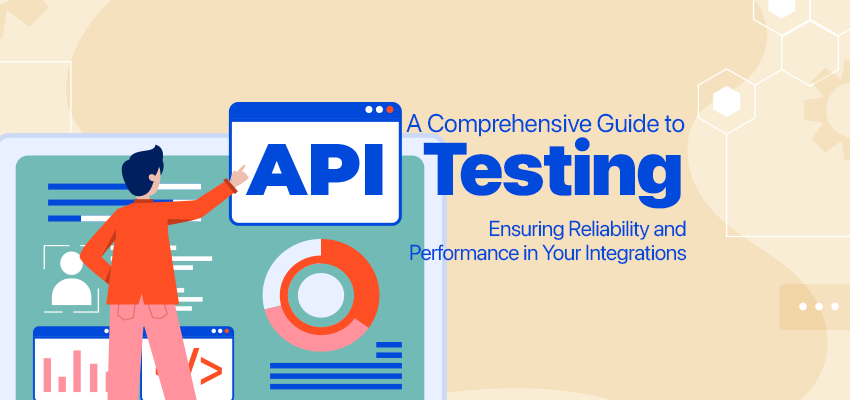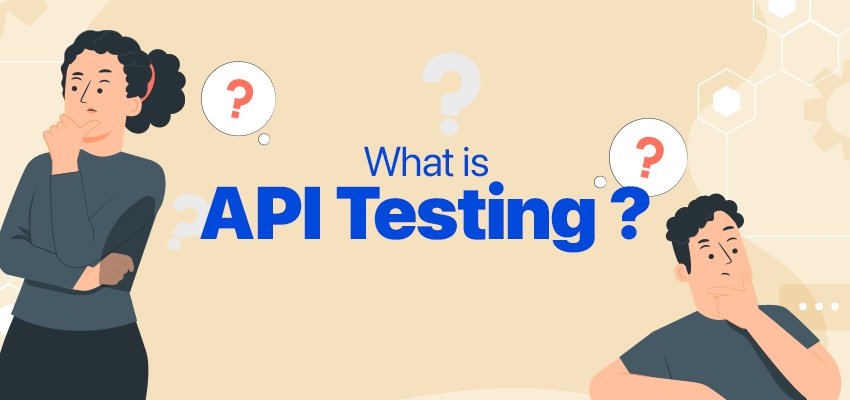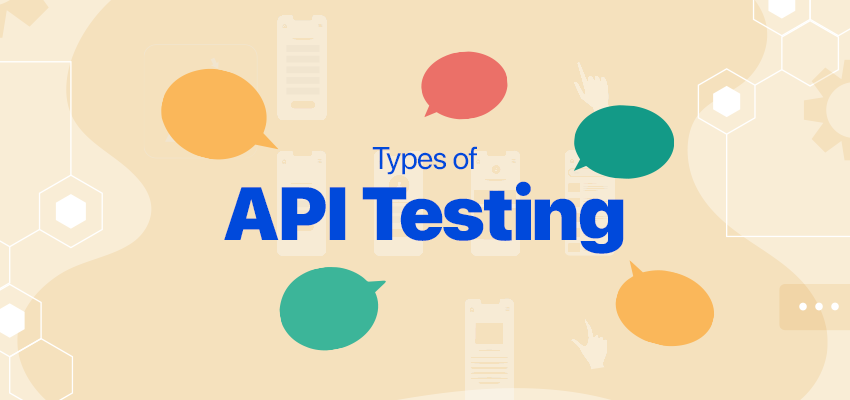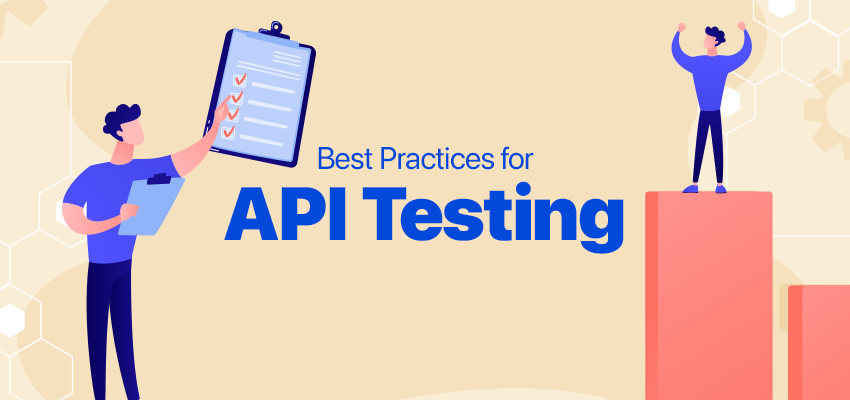A Comprehensive Guide to API Testing: Ensuring Reliability and Performance in Your Integrations

In today's interconnected digital world, APIs (Application Programming Interfaces) play a crucial role in enabling communication between different software systems. They allow diverse applications to interact, share data, and work seamlessly together. Given their importance, ensuring the reliability and functionality of APIs is critical. This is where API testing comes in. This blog post delves into the world of API testing, exploring its significance, methodologies, and best practices.
What is API Testing?

API testing is a type of software testing that involves verifying and validating the functionality, reliability, performance, and security of APIs. Unlike traditional GUI testing, which focuses on the application's user interface, API testing targets the business logic layer of the software architecture.
Why is API Testing Important?

- Ensures Seamless Integration: APIs serve as the critical link between various software systems, facilitating data exchange and interaction. Proper testing ensures these integrations work smoothly, preventing issues like data mismatches or failed connections that could disrupt operations or user experiences. By validating that APIs function correctly in real-world scenarios, businesses can avoid costly integration failures and ensure that systems work together as intended.
- Detects Issues Early: Addressing problems at the API level during development can prevent more complex and costly issues later on. Early detection of issues such as incorrect data handling or unexpected errors can lead to faster resolutions and prevent these problems from escalating into major bugs that affect the overall application.
- Improves Security: APIs are frequent targets for cyberattacks due to their role in data exchange. Rigorous security testing can identify vulnerabilities, such as weak authentication methods or exposed endpoints, that could be exploited by malicious actors. By uncovering these weaknesses before deployment, organizations can strengthen their security measures and protect sensitive data from breaches.
- Enhances Performance: Performance testing assesses how well an API performs under various conditions, including high traffic volumes and stress scenarios. This type of testing ensures that APIs can handle peak loads without degradation in response time or functionality, providing a reliable experience for users and maintaining the application's performance standards.
- Facilitates Agile Development: In agile development environments, where frequent updates and iterative changes are the norm, automated API tests play a crucial role. They can be integrated into CI/CD (Continuous Integration/Continuous Deployment) pipelines, enabling continuous testing and quicker feedback. This integration supports faster and more reliable releases by catching issues early in the development cycle.
Types of API Testing

- Functional Testing: This involves verifying that the API performs its intended functions as specified. It includes testing various endpoints to ensure they return the expected responses, checking data accuracy, and validating error handling mechanisms. Functional testing confirms that the API meets its design specifications and works correctly in different scenarios.
- Load Testing: Load testing evaluates how an API handles high volumes of requests and data. It simulates different levels of traffic to determine if the API can maintain performance and stability under stress. This type of testing helps identify potential bottlenecks and ensures the API can scale effectively to meet demand.
- Security Testing: Security testing focuses on identifying vulnerabilities and potential threats within the API. This includes testing for data breaches, unauthorized access, and other security risks. Comprehensive security testing helps protect the API from common attacks and ensures that sensitive information is secure.
- Validation Testing: Validation testing checks that the API returns accurate and correct responses for given requests. This involves verifying data formats, response codes, and content to ensure that the API meets its specifications and provides reliable data to users and other systems.
- UI Integration Testing: This type of testing examines how the API interacts with the user interface (UI). It ensures that the API's functionality aligns with the UI's expectations and that data flows correctly between the two. UI integration testing helps verify that user interactions are properly handled by the API and that the overall user experience is seamless.
Best Practices for API Testing

- Understand the API: Before testing, thoroughly review the API documentation to understand its endpoints, request/response formats, and overall functionality. This knowledge helps in creating accurate test cases and ensures comprehensive coverage of the API’s features.
- Define Clear Test Cases: Develop detailed test cases that cover all possible scenarios, including positive cases (valid inputs and expected responses), negative cases (invalid inputs and error handling), and edge cases (unusual or extreme conditions). Clear test cases help ensure that all aspects of the API are tested effectively.
- Use Automation Tools: Employ tools like Postman, SoapUI, or JUnit to automate API tests. Automation makes tests repeatable, efficient, and scalable, allowing for faster feedback and integration into the development workflow.
- Test Early and Often: Incorporate API testing into the development process from the start and conduct tests frequently throughout the development cycle. Early and regular testing helps catch issues early, reducing the risk of major problems and ensuring continuous improvement.
- Focus on Security: Include comprehensive security testing to identify and address potential vulnerabilities. Regularly update security tests to address new threats and ensure that the API remains secure against emerging risks.
- Monitor Performance: Conduct regular load and stress tests to assess the API’s performance under various conditions. Monitoring performance helps ensure that the API can handle expected traffic and continues to perform optimally as the system evolves.
Popular API Testing Tools
- Postman: A popular tool for manual and automated testing, offering a user-friendly interface and extensive features for testing RESTful APIs.
- SoapUI: A powerful tool for testing SOAP and REST APIs, known for its comprehensive test coverage and support for complex test scenarios.
- JUnit: A widely-used framework for unit testing in Java, which can also be used for API testing with the help of additional libraries.
- Karate: An open-source tool designed for API testing, which combines API test automation, mocks, and performance testing into a single framework.
- RestAssured: A Java-based library that simplifies the testing of REST APIs, offering a domain-specific language for writing readable and maintainable tests.
Conclusion
API testing is an essential aspect of modern software development, ensuring that APIs function correctly, securely, and efficiently. By adopting best practices and leveraging the right tools, developers and testers can build robust and reliable APIs that enhance the overall quality of software systems. As the digital world continues to evolve, mastering API testing will remain a valuable skill for ensuring seamless integration and superior user experiences.
 30 July 2024
30 July 2024 